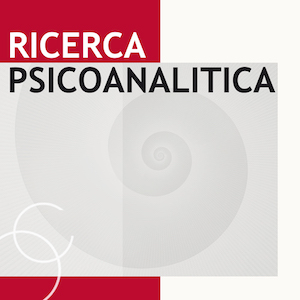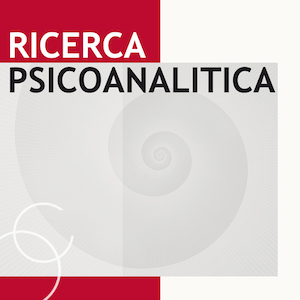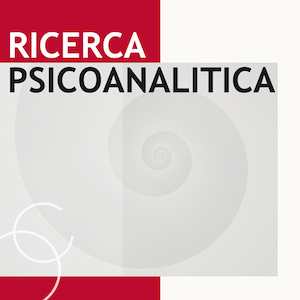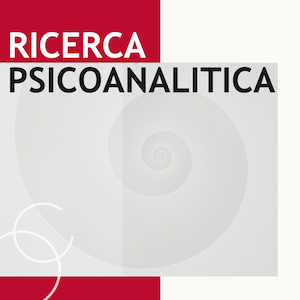La psicopatologia in epoca perinatale: oltre la depressione postpartum
All claims expressed in this article are solely those of the authors and do not necessarily represent those of their affiliated organizations, or those of the publisher, the editors and the reviewers. Any product that may be evaluated in this article or claim that may be made by its manufacturer is not guaranteed or endorsed by the publisher.
##plugins.generic.dates.accepted##: 13 dicembre 2020
Autori
Avere un figlio è sempre stato concepito come una cosa naturale, semplicemente scritta nel percorso di vita di una coppia. Naturale non è sinonimo di facile nè ordinario e le diverse possibili complicazioni mediche e psicologiche danno evidenza di quanto dare alla luce un figlio sia invece un evento straordinario. Come tanti eventi della vita, anche la nascita di un figlio può essere un"esperienza accompagnata da sofferenze che non sempre trovano la giusta accoglienza e le risposte cliniche più adeguate. In epoca perinatale la psicopatologia anche grave esiste e si inscrive nella complessità propria dell'esperienza della genitorialità ed è in essa che trova utili chiavi di comprensione. Avere uno sguardo rispettoso della complessità significa cogliere segni e sintomi di disagi che possono essere di diverse sfumature di gravità, aprirsi ai significati più profondi della sofferenza ma anche saper rispondere a bisogni prioritari di ordine medico-psichiatrico. È dovere etico di chi si approccia alla psicologia perinatale avere le conoscenze adeguate per farlo. l'attenzione dei clinici e dei ricercatori in epoca perinatale nel tempo si è focalizzata in modo quasi esclusivo sulla depressione postpartum materna, creando un algoritmo che è andato consolidandosi nel tempo: psicopatologia perinatale = depressione postpartum materna, che di fatto è riduttivo e fuorviante. Obiettivo di questo articolo è esplorare questo paradigma e mettere in luce l'ordinaria e la straordinaria complessità insita nel "divenire genitori".
Come citare
PAGEPress has chosen to apply the Creative Commons Attribution NonCommercial 4.0 International License (CC BY-NC 4.0) to all manuscripts to be published.










